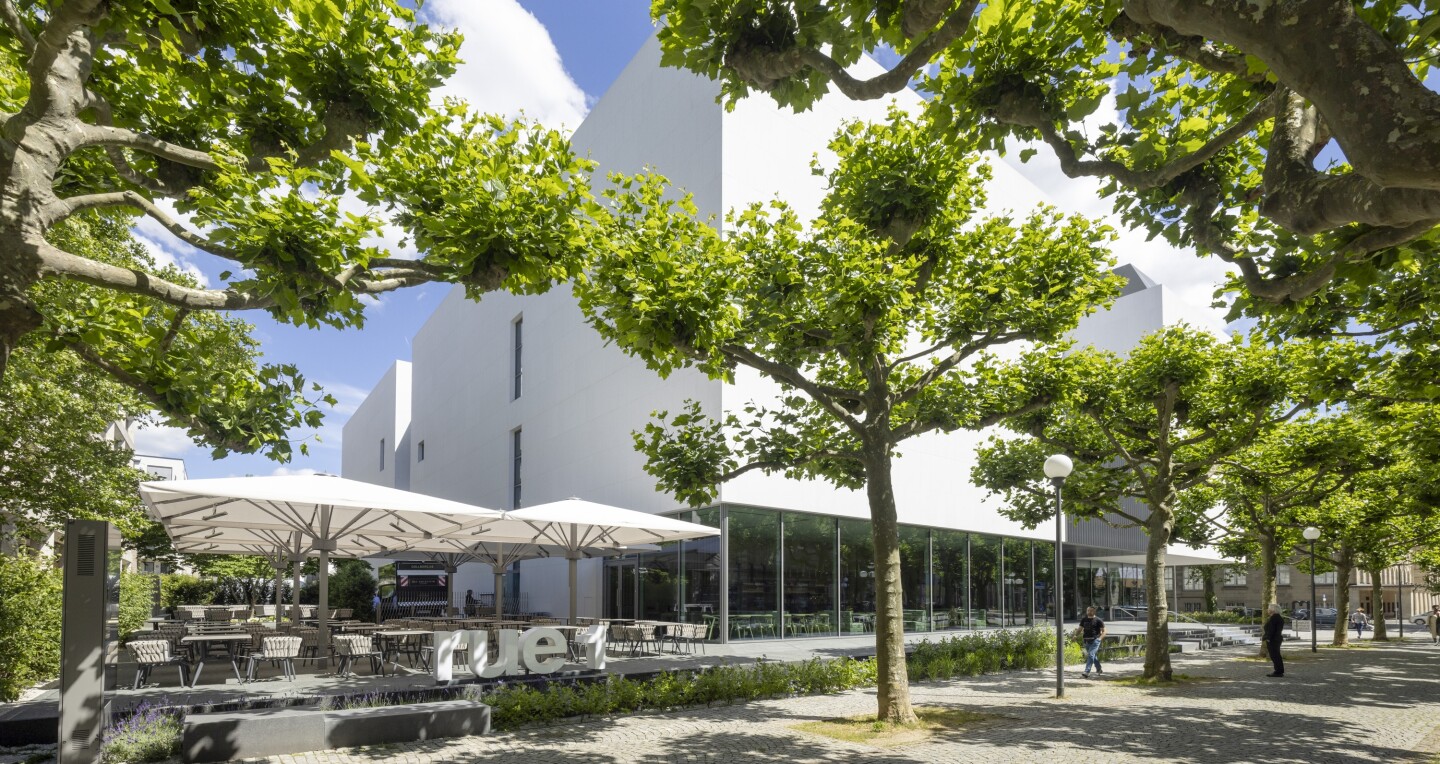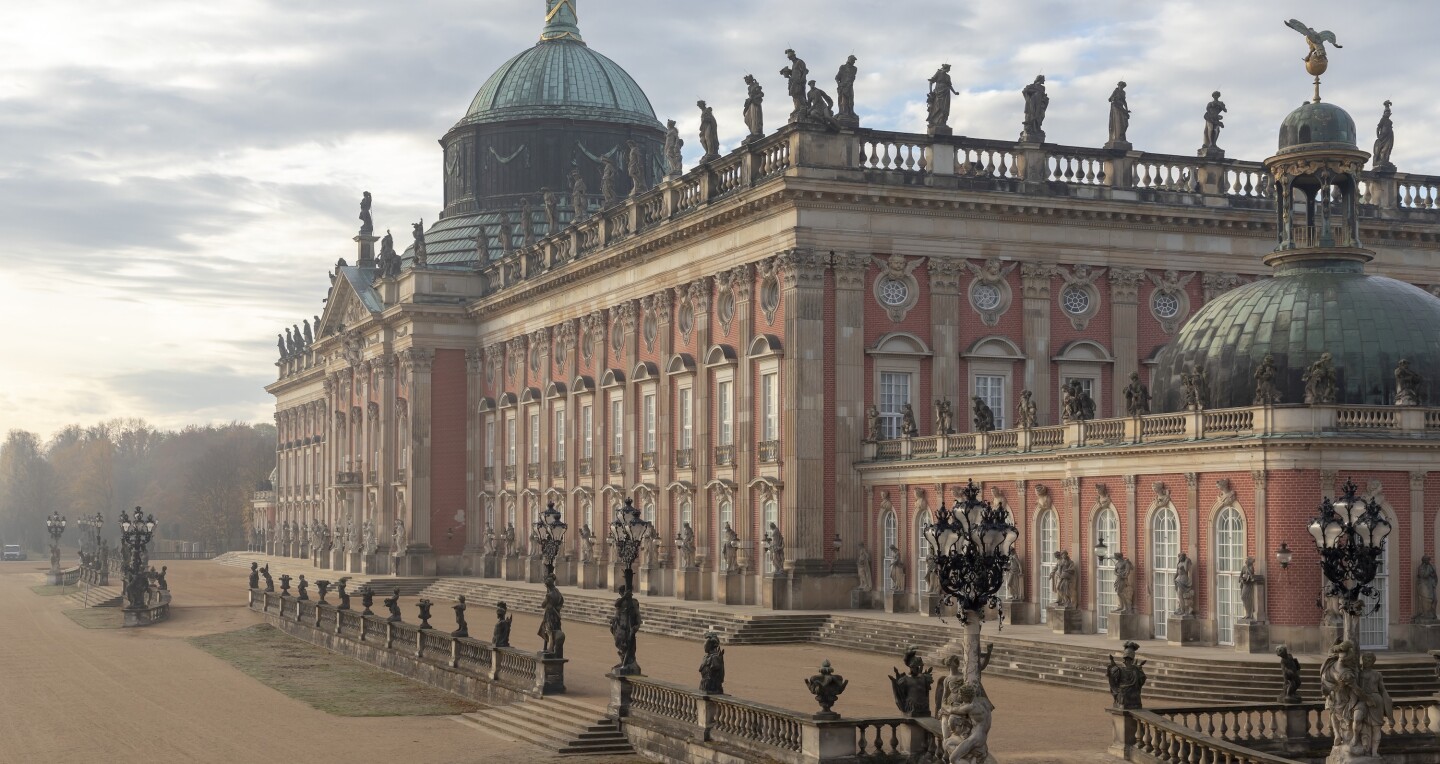Art plays an integral role in Germany’s cultural life. In even the smallest cities, you’ll find museums with extraordinary collections. From the Middle Ages to today, whatever era of art is your favorite, a wealth of options will delight your creative senses.
Make the most of Germany’s cultural offerings with this six-day city tour of the country’s art capitals by train. Kick off your trip in Frankfurt, home to the Museum Embankment, before moving on to the art nouveau capital of Wiesbaden and taking in the abstract art at Museum Reinhard Ernst. Go on a walking tour of street art in Cologne’s creative Ehrenfeld district, then visit Kunstsammlung NRW’s renowned post-war art collection in Düsseldorf. Zip over to Leipzig, with its lively contemporary art scene, and onto Berlin, the country’s cultural capital, with galleries featuring up-and-coming artists from around the globe. If you have the time, consider adding a day to visit the Dresden State Art Collections and its Old Masters Picture Gallery.
Check the events calendar before you go and plan your trip around the Ruhrtriennale arts festival, which takes place once every three years, or a show at Berlin’s Friedrichstadtpalast. The venue features the world’s largest stage and extraordinary stage design, complete with elaborate costumes and booming music.
For the more low-key traveler, consider a traditional art venue like Frankfurt’s Städel Museum or head out on a walking tour of Brandenburg to check out its augmented-reality art trail and sculpture park. Easily accessible from the international airports in Berlin and Frankfurt and by train, this itinerary lets you leave the rental car behind as you explore Germany’s rich art scene.
Itinerary
PLAN YOUR TRIP
Frankfurt from the rooftop of the Städel Museum
Courtesy of the German National Tourist Board/Norbert Miguletz
Day 1Stroll the Museum Embankment in Frankfurt
Take a walk along the Museum Embankment, lined with 39 distinctive museums, including the Städel Museum with a collection spanning more than 700 years of art history. Contemporary art fans will adore the Schirn Kunsthalle. Those eager to learn more about the New Frankfurt movement (also known as Frankfurt Bauhaus) will enjoy the Museum of Applied Arts (MAK). Round out the museum-filled day with a trip to the Jewish Museum to explore Jewish life since the Enlightenment and a contemplative look at the history of Jewish communities in Europe.
Hungry? For lunch, tuck into a plate of eggs and potatoes made with the famous Grüne Soße (literally “green sauce,” made using green herbs), paired with a refreshing glass of Apfelwein, Frankfurt’s beloved local cider. Then, head to the pedestrianized high street, where international brands meet local boutiques, featuring clothing and souvenir stores.

The Museum Reinhard Ernst’s extensive collection of abstract art includes numerous works by Helen Frankenthaler.
Courtesy of the German National Tourist Board/Helbig Marburger
Day 2Day Trip to Wiesbaden’s Museum Reinhard Ernst
Continue your tour of Wiesbaden by exploring Culture Route 65, which features a range of museums and cultural institutions, including the Kunstverein Bellevue-Saal and the Museum Wiesbaden. Or take the art nouveau walking tour, which guides you through Rheingauviertel, a district filled with buildings dating to the turn of the 20th century. One of the most important art nouveau cities, Wiesbaden has a stunning architectural heritage that’s a pleasure to behold around nearly every corner.
For an in-depth look at art nouveau, step inside the Museum Wiesbaden. The south wing houses an extensive collection of 19th-century Jugendstil art, said to represent aesthetic harmony while portraying mysterious symbolism and mythologies.
Close out the day with an hour-long train ride to Cologne, with its numerous breweries serving up small glasses of Kölsch (ask a local why they joke it’s “the only language you can drink”). Pair them with a plate of Heaven and Earth, the local delicacy made of potatoes, stewed apples, and blood sausages.

Cologne’s Museum Ludwig is steps away from the Gothic cathedral.
Courtesy of the German National Tourist Board/Christoph Seelbach
Day 3Visit Cologne’s Museum Ludwig
Follow the Roman ruins to the Museum Ludwig, a leading collection of modern and contemporary art. With galleries dedicated to pop art and German expressionism, the museum boasts the third-largest collection of Picassos alongside works by Andy Warhol, local artist Max Ernst, and numerous German artists who were exiled during the 1930s. It will celebrate its 50th anniversary in 2026 with events and exhibitions to honor the extraordinary institution.
When you’ve got your fill of art for the day, walk over to the magnificent Gothic cathedral for a quiet break before hopping a regional train for the 40-minute ride to Düsseldorf, where you’ll spend the night.

Inside the Museum Folkwang in Essen
Courtesy of the German National Tourist Board/Tourism NRW
Day 4Tour Three Museums in Düsseldorf and Essen
Spread across two locations, the state-owned galleries of the K20 and K21 museums provide hours of enjoyment with their notable array of exhibits featuring 20th- and 21st-century art. Start at the K20, located just off the pedestrianized shopping street, and see the unique architecture of the Kö-Bogen, a shopping mall designed by Daniel Libeskind, as you make your way to the K21.
Stop at Immermann Strasse, where you’ll find the Little Tokyo neighborhood, when you’ve worked up an appetite. With one of the largest Japanese communities outside of Japan, Düsseldorf offers wonderfully authentic ramen and sushi.
If you’re still in the mood for more art, consider extending your trip by a day and head north on a 30-minute train journey to Essen, which houses the contemporary art museum, Folkwang, where admission is always free. Redesigned by star architect David Chipperfield, it’s one of the most celebrated art museums in Germany thanks to its collection of classical modern art.
Then, head over to the Red Dot Design Museum in Essen. It’s located at the UNESCO World Heritage Site of Zollverein, a remarkable industrial artifact that’s been converted into a cultural playground.

Inside the GRASSI Museum of Applied Arts in Leipzig
Courtesy of the German National Tourist Board/Felix Bielmeier
Day 5Discover the Grassi in Leipzig
Grassi, one of the largest museum complexes in Germany, is in Leipzig. Try the Grassi Museum of Applied Arts, which focuses on design and features rotating exhibitions on arts and crafts, design, photography, and architecture. Or visit the Grassi Museum of Ethnography or the Grassi Museum of Musical Instruments if that’s more your speed.
With one of the oldest civic collections in Germany, the Museum of Fine Arts has masterpieces spanning the 15th to the 21st century, appealing to those most interested in historical works. With more than 75,000 square feet, the distinctive architecture houses a collection that offers new perspectives on paintings, sculptures, and the city.

New Palace Potsdam
Courtesy of the Prussian Palaces and Gardens Foundation/André Stiebitz
Day 6Check Out Berlin Galleries and Sammlung Boros
Royal lovers might trade the Boros for a trip to the Charlottenburg district, where the grand setting of the Charlottenburg Palace’s Old Palace invites exploration of baroque masterpieces. Or head to Potsdam, on the city’s outskirts, to take in the New Palace, learn about beauty throughout history with the permanent exhibition Return of the Paintings, and see two newly restored works by Artemisia Gentileschi. Whatever museum you choose, you can’t go wrong in Berlin or Potsdam, where art and history meet on every street corner.






